🎹 What is New Wave music?
New Wave music spanned the late 1970s through the 1980s and emerged as a more melodic and light-hearted extension of punk culture. It embraced various pop-oriented styles and prominently featured the use of synthesizers. Initially a catch-all term for post-punk musical expressions, New Wave later evolved into a broader umbrella encompassing power pop, synth-pop, alternative dance, and milder forms of punk. It also can be perceived as a more accessible counterpart to post-punk.
Characterized by its distinctive attributes, New Wave music exhibited a playful and humorous pop sensibility, characterized by angular guitar riffs and unconventional rhythms, often enhanced by electronic elements, especially the use of synthesizers. A visually appealing fashion sense and distinctive music videos were crucial to the genre’s success. The movement’s roots lie in Britain, where British New Wave artists initially gained prominence and subsequently captured American audiences through platforms like MTV. The genre is sometimes referred to as the second British invasion.
New Wave’s initial peak occurred from the late 1970s to the early 1980s, supported by major musicians and a proliferation of one-hit wonders. MTV’s launch in 1981 played a pivotal role in amplifying the genre’s popularity by heavily featuring new wave acts. While New Wave experienced a decline in the mid-1980s due to the ascent of other genres, it has resurged intermittently since the 1990s, fueled by nostalgia for its influences. Additionally, new wave’s musical characteristics, including choppy rhythms, quirky pop sensibilities, and electronic incorporation, continue to have a lasting influence on subsequent generations of artists.
🎶 New Wave Favorites: Volume 4 Songbook
The following songs are included in the New Wave Favorites: Volume 4 songbook. These are all available as separate singles, but you get the most value by purchasing the whole collection. All of these arrangements are appropriate for intermediates and up.
- Human (The Human League)
- Hungry Like the Wolf (Duran Duran)
- I Ran (So Far Away) (Flock of Seagulls)
- I Want Candy (Bow Wow Wow)
- My Sharona (The Knack)
- Policy of Truth (Depeche Mode)
- Rebel, Rebel (David Bowie)
- Running Up That Hill (Kate Bush)
- Vacation (The Go-Go’s)
- White Wedding (Billy Idol)
🎹 Watch a performance of the entire songbook:
⭐ Featured Favorites
There’s so many great videos from this era that it’s hard to narrow down the best ones, but these personal favorites from New Wave Favorites: Volume 4! made the cut!
“I Ran (So Far Away)” (A Flock of Seagulls) (1982)
How far? So far!
“I Ran (So Far Away)” is a song by the English new wave band A Flock of Seagulls, released in 1982 as their third single and the second single from their debut self-titled album. The song reached significant success outside their home country, topping the charts in Australia, and achieving top ten positions in the United States and New Zealand. Despite its popularity, the song didn’t reach the top 40 in the United Kingdom. The song’s music video played a crucial role in its success in the US, showcasing the band’s distinctive appearance and quirky style.
Lead vocalist Mike Score drew inspiration from the band’s visits to a club named Eric’s in Liverpool, where a song called “I Ran” was performed, leading to the song’s title and chorus sticking in his mind. Additionally, a poster at a Zoo Records office featuring a man and woman fleeing a flying saucer influenced the song’s space-themed lyrics. Produced by Mike Howlett, the song is a five-minute, seven-second track with a tempo of 145 beats per minute. It’s characterized by new wave and synth-pop elements, including echo-laden guitar riffs.
The music video, directed by Tony van den Ende, featured the band performing in a room adorned with aluminum foil and mirrors, paying homage to Brian Eno and Robert Fripp’s album cover. The video gained substantial airplay on MTV, contributing to the song’s success. The song’s chorus, resembling the pronunciation of “Iran” in American English, added a political twist given the context of the time.
“I Ran” attained lasting recognition, appearing in various media. It was used in the video game “Grand Theft Auto: Vice City,” leading to renewed popularity. The song was also covered in the film “La La Land” in 2016, blending its synth-driven sound with a modern twist. The track secured its place in ’80s music history, being featured in VH1’s countdowns of the greatest songs and one-hit wonders of the 1980s.
“My Sharona” (The Knack) (1979)
This tune earned the top spot on the Billboard year-end chart for 1979:
“My Sharona” is the debut single by the Knack, released in 1979 from their first album “Get the Knack.” Written by Berton Averre and Doug Fieger, the song quickly climbed the charts, reaching the number one spot on the Billboard Hot 100 singles chart for a remarkable six weeks. It also secured the top spot on Billboard’s 1979 Top Pop Singles year-end chart. Notably, it achieved gold certification from the Recording Industry Association of America (RIAA) for selling over 500,000 copies, making it Capitol Records’ fastest debut single to attain gold status since the Beatles’ iconic “I Want to Hold Your Hand” in 1964. The song’s popularity endured, with over 10 million copies sold by 2010.
The song’s inception was fueled by a romantic inspiration. When Doug Fieger, aged 25, encountered 17-year-old Sharona Alperin, he was struck by love, resulting in a prolific two-month-long songwriting spree. Sharona, who became Fieger’s girlfriend for several years, ignited a creative burst that led to the creation of “My Sharona.” Fieger and Averre worked together to craft the song’s structure and melody. Averre initially hesitated to use Sharona’s name in the song, but Fieger insisted on the direct expression of his feelings, and Averre eventually agreed. Impressively, Fieger claimed that he wrote the song in a mere 15 minutes and that it was mixed in an additional 15 minutes after recording, all in a single take (excluding background vocals).
Fieger and Alperin’s relationship had its complexities, including an engagement that never led to marriage. Nevertheless, they remained close friends, with Sharona frequently visiting Fieger during his battle with cancer. After the Knack’s era, Alperin found success as a realtor in Los Angeles. The song’s musical style echoed elements of the 1960s, drawing from classics like the Spencer Davis Group’s “Gimme Some Lovin’” and Smokey Robinson and the Miracles’ “Going to a Go-Go.” Drummer Bruce Gary’s innovative beat, incorporating a surf stomp style and a flam technique, added to the song’s distinctive rhythm. Fieger revealed that the lyrics were written from the perspective of a 14-year-old boy, contributing to the song’s youthful charm. The repeated “muh muh muh my Sharona” vocal effect echoed Roger Daltrey’s vocals in the Who’s “My Generation.” The song’s music video showcased the band performing in a white room, while another version featured clips from the film “Reality Bites” and concert footage. “My Sharona” received acclaim for its clean sound and subtle yet catchy melody. Billboard Magazine hailed it as an “energetic raker,” while Dick Nusser of Billboard praised its catchy drum and guitar breaks, quirky lyrics, and infectious tone.
“Human” (The Human League) (1986)
Another chart topper in the synth-pop realm:
“Human” is a synth-pop song by the English band the Human League, released as the lead single from their fifth album, “Crash,” in 1986. The track, produced and written by Jimmy Jam and Terry Lewis, delves into the theme of infidelity. It became a major success, reaching the number one spot on the Billboard Hot 100 chart, marking the band’s second chart-topper in the US after their hit “Don’t You Want Me” in 1981. The song also achieved number one in Canada and reached the top ten in Germany, while securing the eighth position in their native United Kingdom.
The song’s creation was spurred by difficulties the band faced during the recording of their fifth album. Unhappy with the initial results, the band’s label suggested collaborating with producers Jimmy Jam and Terry Lewis, known for their work with Janet Jackson. “Human” was one of three tracks the duo contributed to the album. The song is a mid-tempo ballad featuring an exchange between a man and a woman who have reunited after a period of separation. The chorus reflects the song’s core message that both partners are “only human” and prone to mistakes. The production by Jam and Lewis was well-received for its R&B-based sound, contributing to the Human League’s success on urban radio and the US R&B chart.
“Running Up That Hill” (Kate Bush) (1985)
The song that continues to run up the charts!
“Running Up That Hill” is a song by British singer and songwriter Kate Bush, released in 1985 as the lead single from her album “Hounds of Love.” The lyrics portray a scenario where a man and a woman make a deal with God to exchange places, seeking to understand each other better. Bush wrote and produced the song using a Fairlight CMI synthesizer and a LinnDrum drum machine.
Upon its release, the song reached number three on the UK Singles Chart and number 30 on the Billboard Hot 100 in the US. It became Bush’s first US Top 40 hit. The song’s impact extended to live performances, where Bush initially performed it in 1987 with Pink Floyd’s David Gilmour and later included it in her 2014 “Before the Dawn” concerts. A 2012 remix was introduced during the Summer Olympics closing ceremony and charted in the UK top 10.
In 2022, “Running Up That Hill” experienced a resurgence in popularity due to its inclusion in the fourth season of the Netflix series “Stranger Things.” This led to a chart resurgence, with the song topping charts in multiple countries, including the UK, Ireland, Australia, and the US. The song’s global streams skyrocketed, and it reached number three on the Billboard Hot 100, becoming Bush’s highest-charting single in the US. The song’s impact on charts and streaming platforms further solidified its legacy.
“Rebel, Rebel” (David Bowie) (1974)
“Rebel Rebel” is a song by David Bowie, released in February 1974 as the lead single from his album “Diamond Dogs.” Written and produced by Bowie, the track is characterized by a distinctive guitar riff reminiscent of the Rolling Stones and is often considered Bowie’s farewell to the glam rock movement. The song features gender-bending lyrics and portrays a rebellious character uninterested in societal norms.
Upon its release, “Rebel Rebel” became a commercial success, reaching number five on the UK Singles Chart and number 64 on the US Billboard Hot 100. It received critical acclaim for its guitar riff and glam anthem quality. Bowie played guitar himself on the song, and it marked a departure from his previous collaborations with lead guitarist Mick Ronson. There are two versions of the song – the well-known UK single release and a shorter US single release with added background vocals, extra percussion, and a new arrangement.
“Rebel Rebel” is recognized as one of Bowie’s most iconic songs and a significant contribution to the glam rock era. It has been covered by various artists and remains a fan favorite in Bowie’s catalog. The song’s influence and impact have led to its inclusion in numerous lists of Bowie’s greatest tracks and essential songs in rock history.


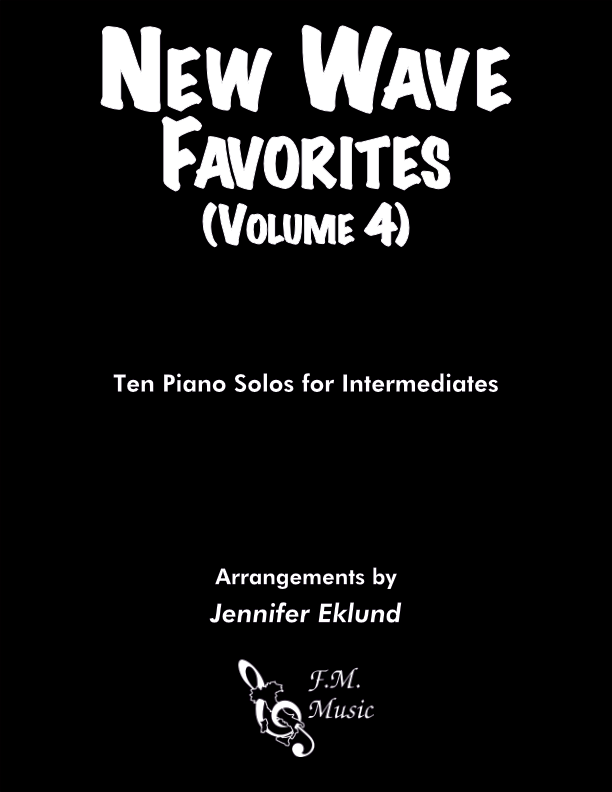
 - Easy/images/Cover--iran-EZ-MN.png)
 - Intermediate/images/Cover--iran-INT-MN.png)
 - Easy/images/Cover--sharona-EZ-MN.png)
 - Intermediate/images/Cover--sharona-INT-MN.png)
 - Advanced/images/Cover--sharona-ADV-MN.png)
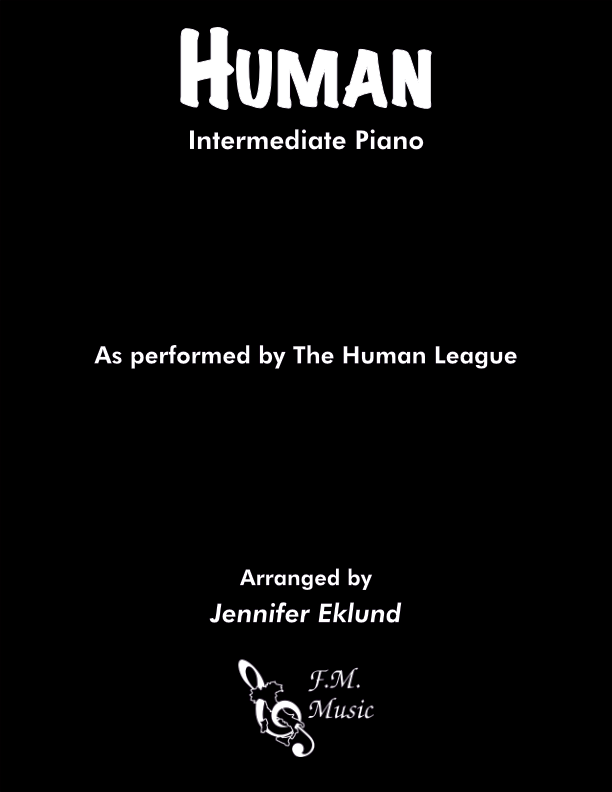
 - Easy/images/Cover--upthathill-EZ-MN.png)
 - Intermediate/images/Cover--upthathill-INT-MN.png)
 - Advanced/images/Cover--upthathill-ADV-MN.png)
 - Easy/images/Cover--rebel2-EZ-MN.png)
 - Intermediate/images/Cover--rebel2-INT-MN.png)
 - Easy/images/Cover--justwhatineeded-EZ-MN.png)
 - Intermediate/images/Cover--callme-INT-MN.png)
 - Intermediate/images/Cover--planetearth-INT-MN.png)
 - Advanced/images/Cover--rockroll-ADV-MN.png)
 - Intermediate/images/Cover--enjoythesilence-INT-MN.png)
 - Intermediate/images/Cover--downunder-INT-MN.png)
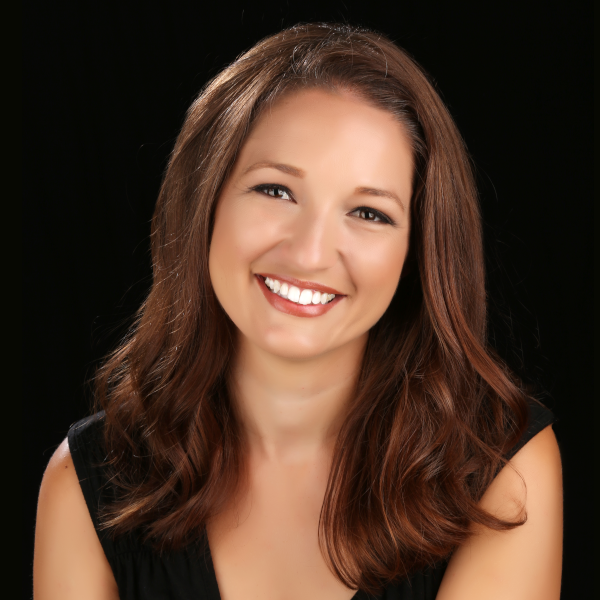
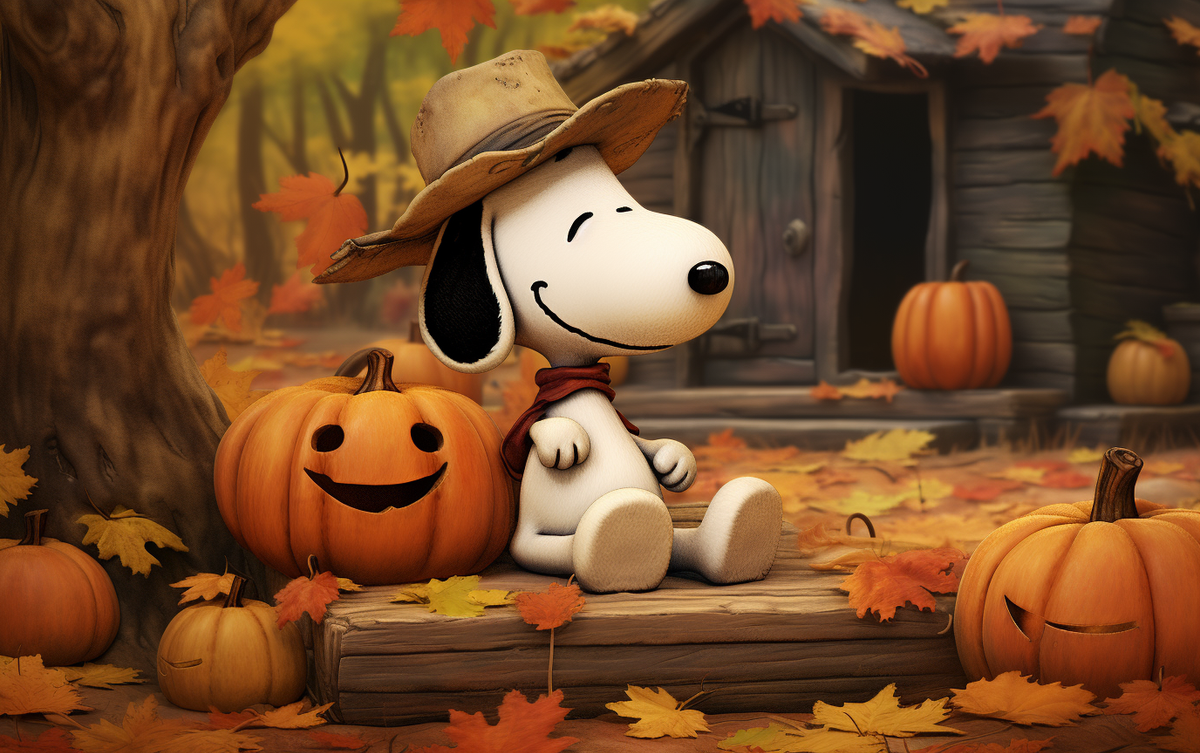
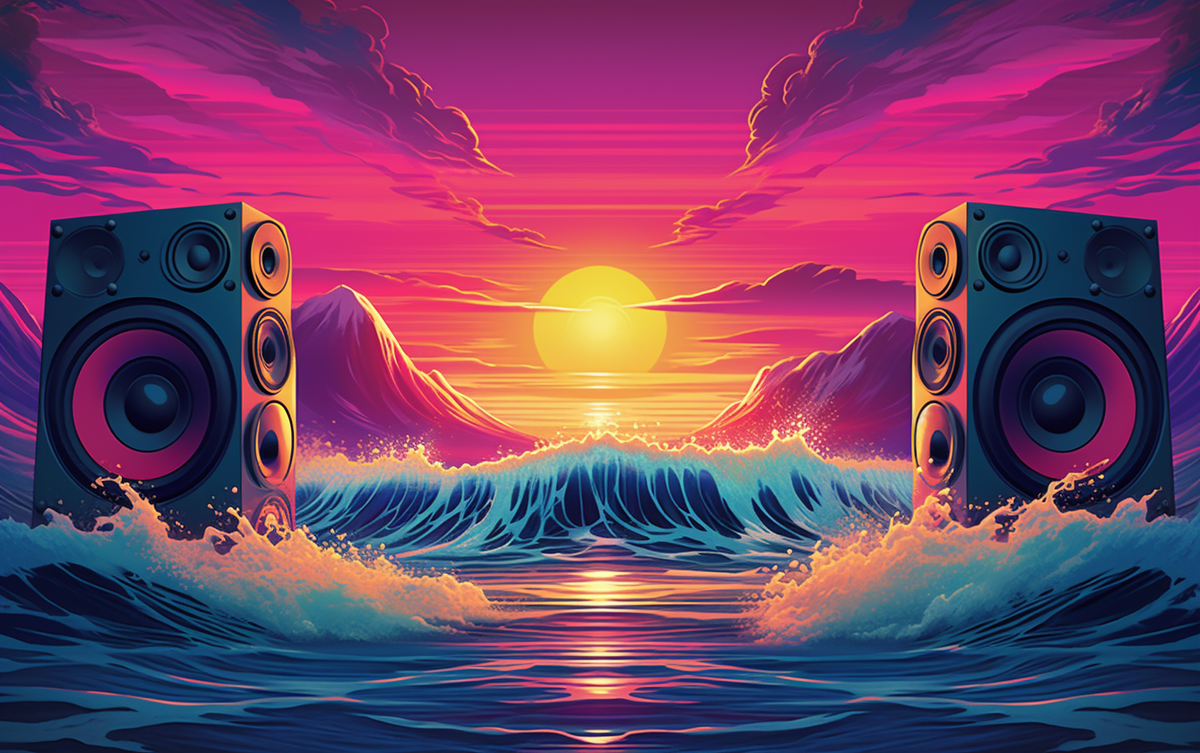
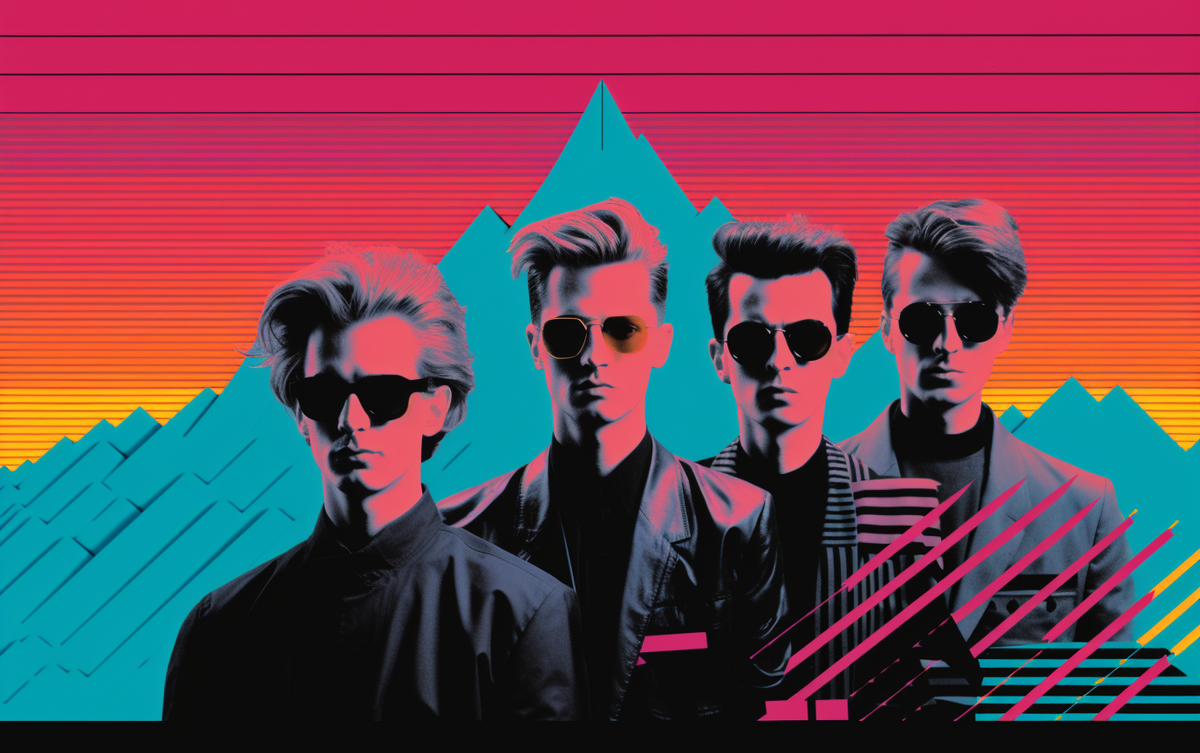
Be the first to comment.